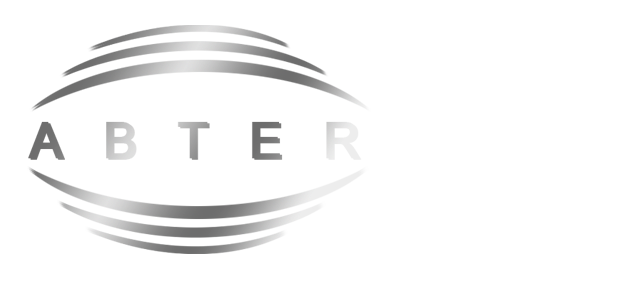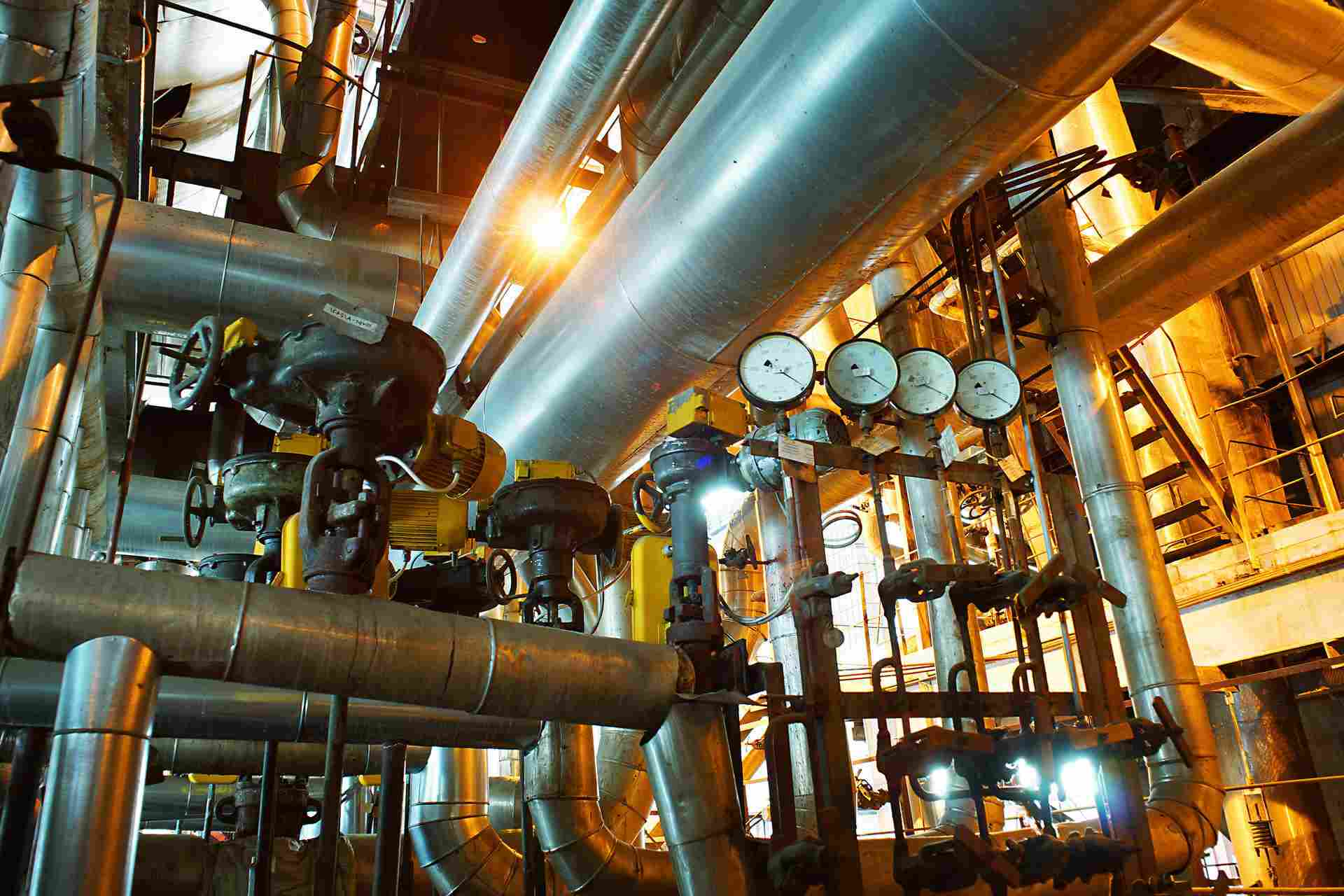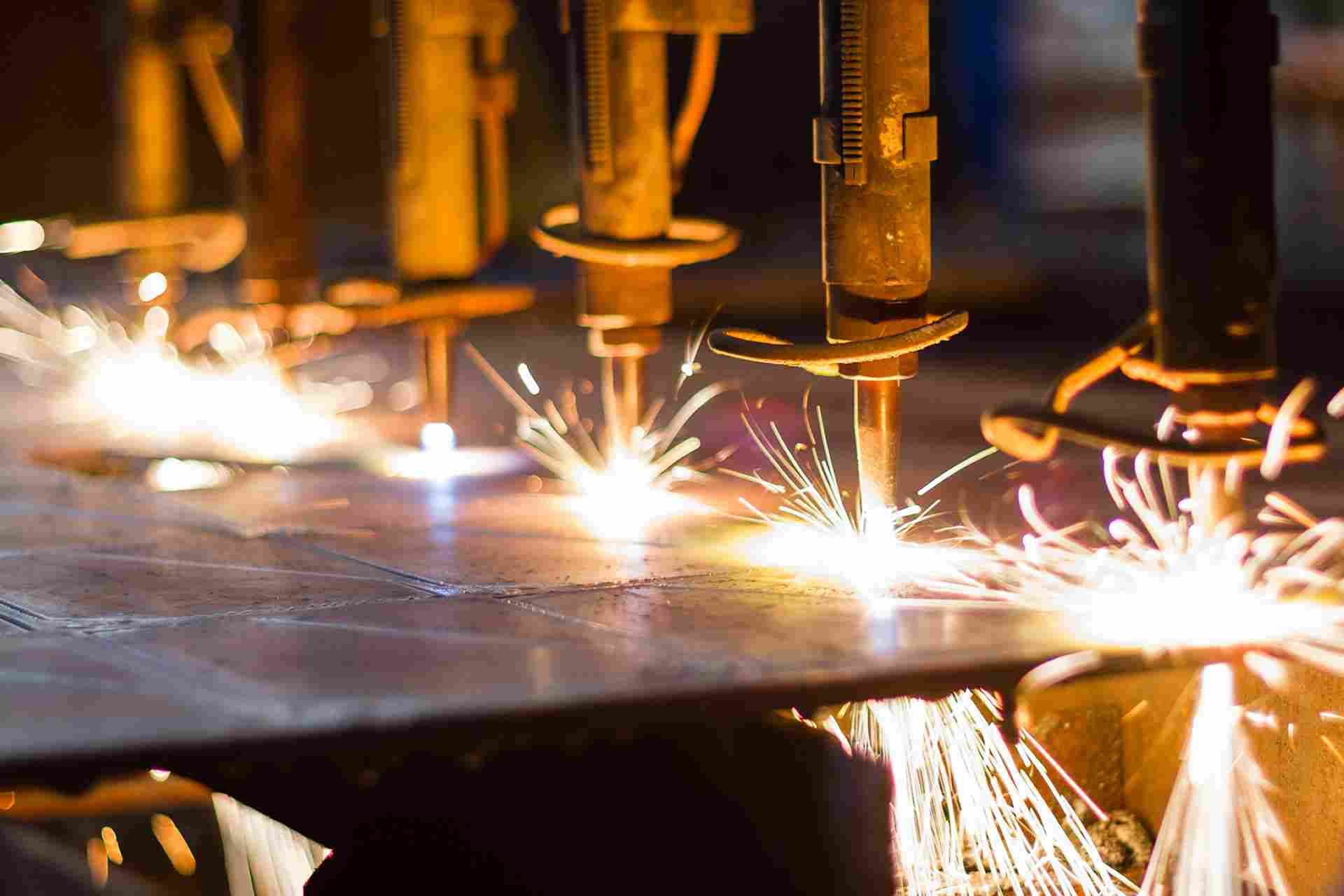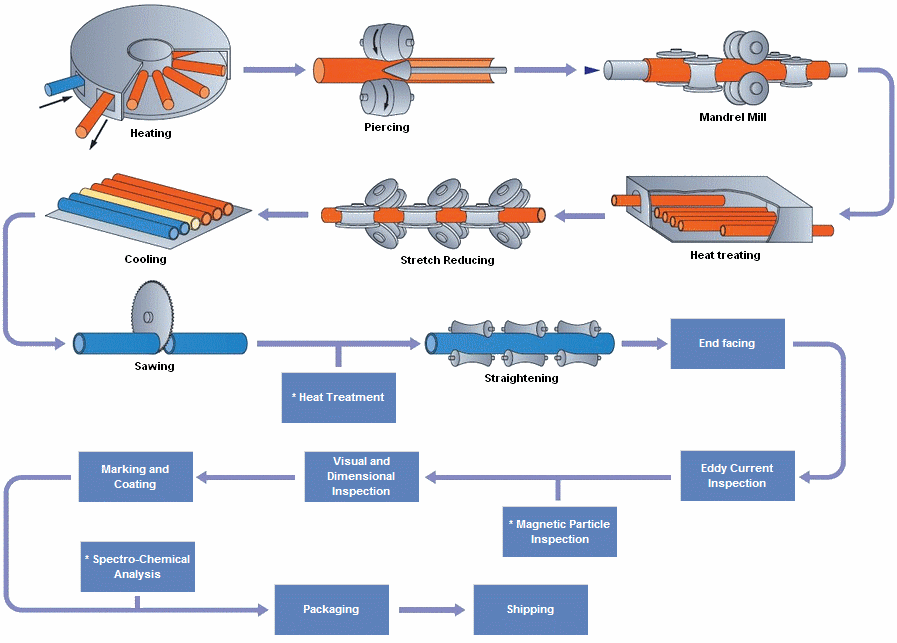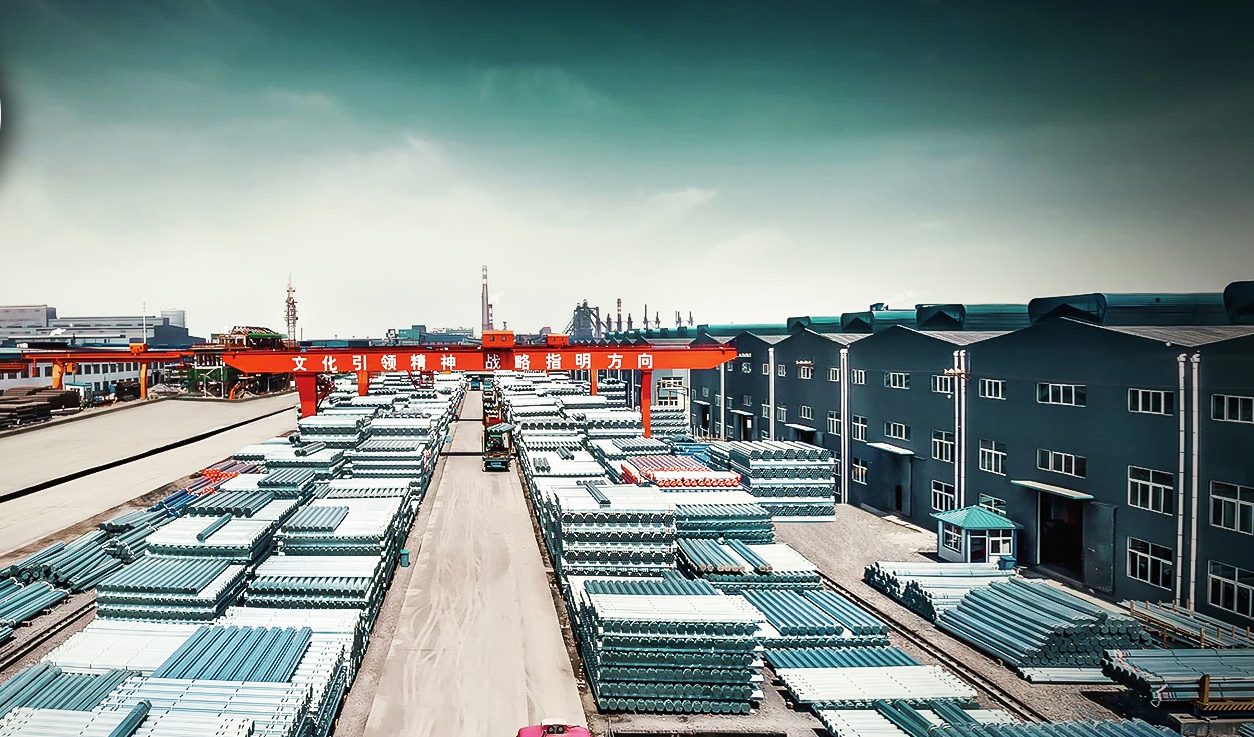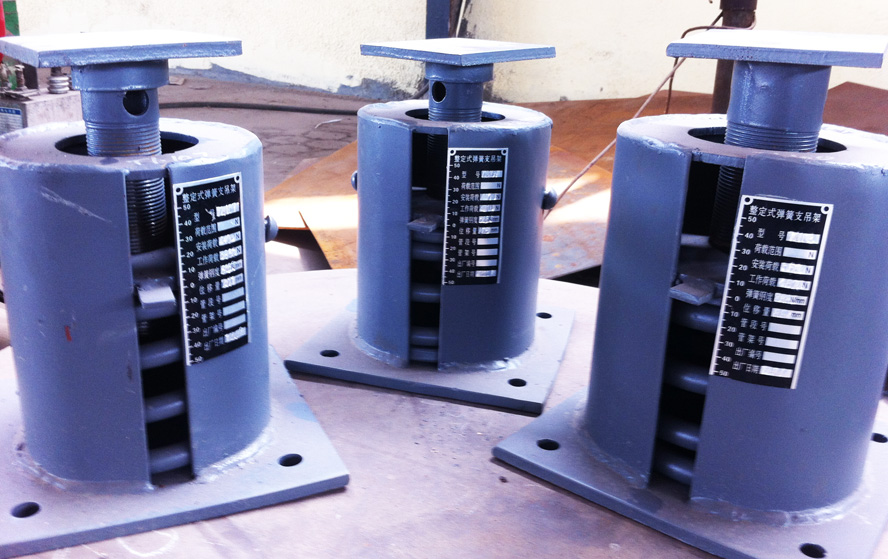Factors Influencing the Design of Application Pressure for Chemical Pipelines

Factors Influencing the Design of Application Pressure for Chemical Pipelines
Designing application pressure for chemical pipelines is a critical aspect that ensures the safe and efficient transport of chemical substances. Several factors must be considered to determine the appropriate pressure requirements for a given application. Here are the key factors that influence the design of application pressure for chemical pipelines:
1. Chemical Properties
Viscosity and Density
The viscosity and density of the chemical being transported directly impact the pressure required to maintain a consistent flow rate. Higher viscosity substances require greater pressure to overcome resistance within the pipeline.
Reactivity and Stability
The chemical reactivity and stability of the substance influence the choice of materials and design parameters. Reactive chemicals may require additional considerations to prevent pressure-related incidents.
2. Flow Rate Requirements
Desired Flow Rate
The desired flow rate of the chemical substance is a primary determinant of the application pressure. Higher flow rates necessitate increased pressure to achieve the desired throughput.
Pipeline Diameter
The diameter of the pipeline affects the pressure needed to maintain the desired flow rate. Larger diameters may require lower pressure, while smaller diameters may necessitate higher pressure.
3. Friction Loss
Internal Friction
Friction between the chemical substance and the internal surface of the pipeline results in pressure loss. This friction loss must be accounted for in the design to ensure adequate pressure is maintained throughout the pipeline.
Pipeline Length
The length of the pipeline contributes to friction loss, with longer pipelines experiencing greater pressure drop. This factor must be considered when determining the initial application pressure.
4. Material Selection
Tensile Strength
The tensile strength of the pipeline material influences its ability to withstand internal pressure. Materials must be selected based on their pressure rating and compatibility with the chemical substance.
Corrosion Resistance
Corrosion resistance is crucial to prevent material degradation and maintain structural integrity under pressure. Materials should be chosen to withstand the specific chemical environment.
5. Environmental Conditions
Ambient Temperature and Pressure
External environmental conditions, such as ambient temperature and atmospheric pressure, can impact the internal pressure of the pipeline. These factors must be considered to ensure the pipeline’s performance.
Safety Margins
Incorporating safety margins into the design accounts for potential fluctuations in pressure due to environmental changes or operational variations, preventing pipeline failure.
Conclusion
The design of application pressure for chemical pipelines is influenced by a combination of chemical properties, flow rate requirements, friction loss, material selection, and environmental conditions. By carefully considering these factors, engineers can ensure the safe and efficient transport of chemical substances, minimizing risks and maintaining the integrity of the pipeline.
